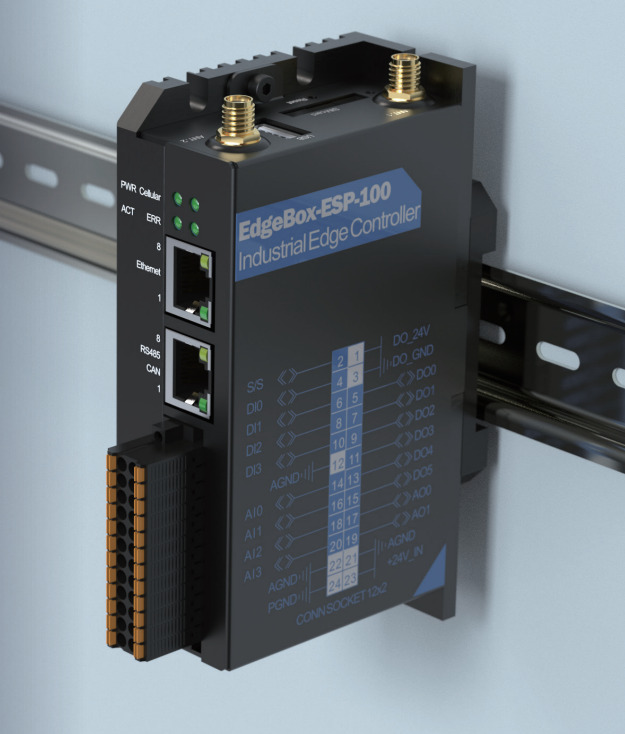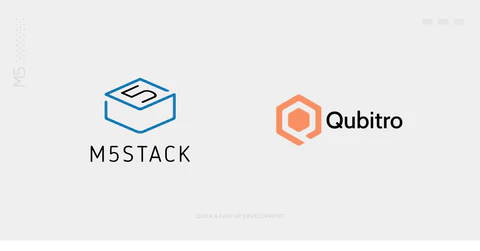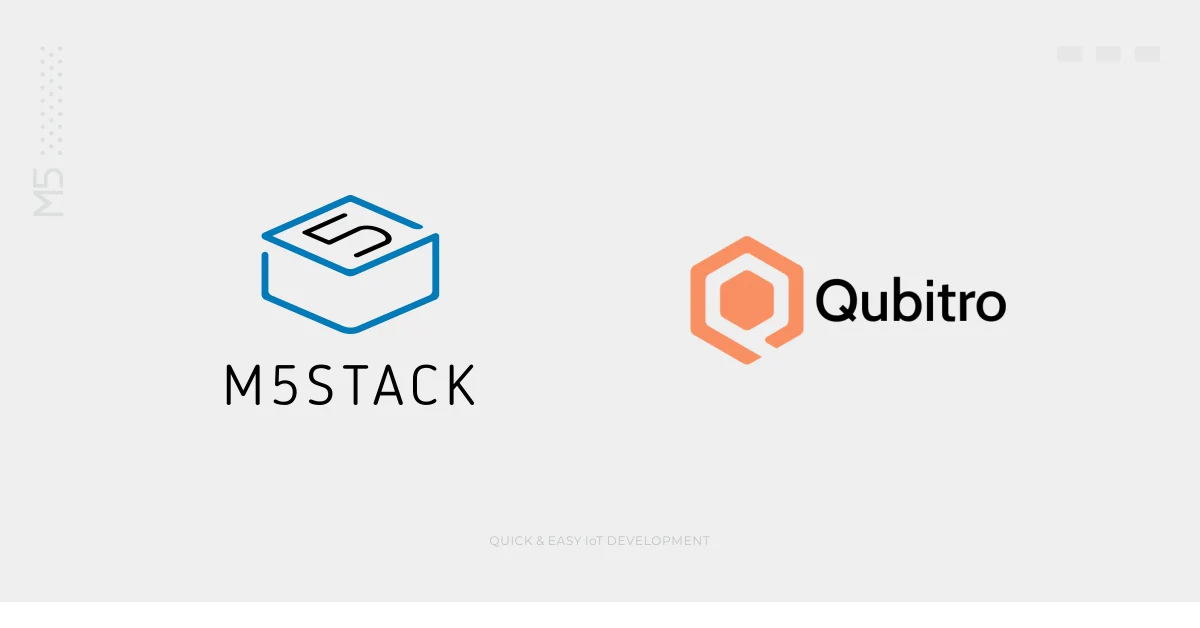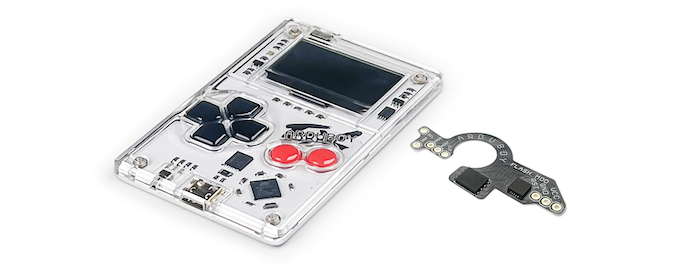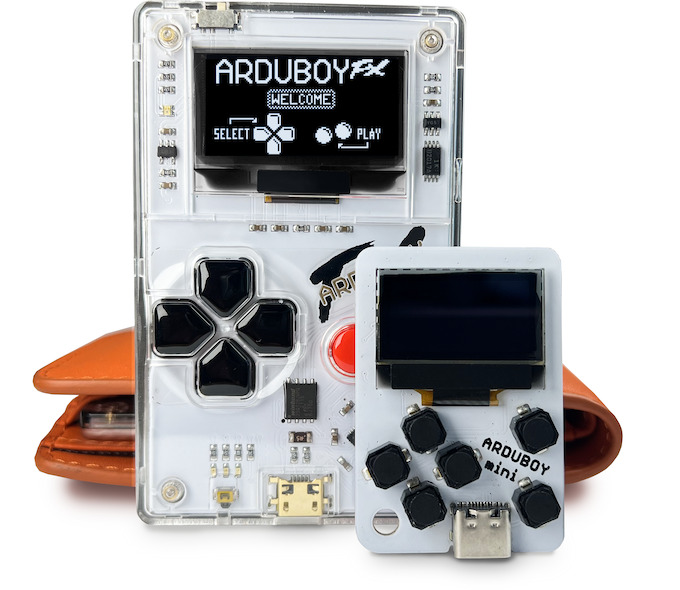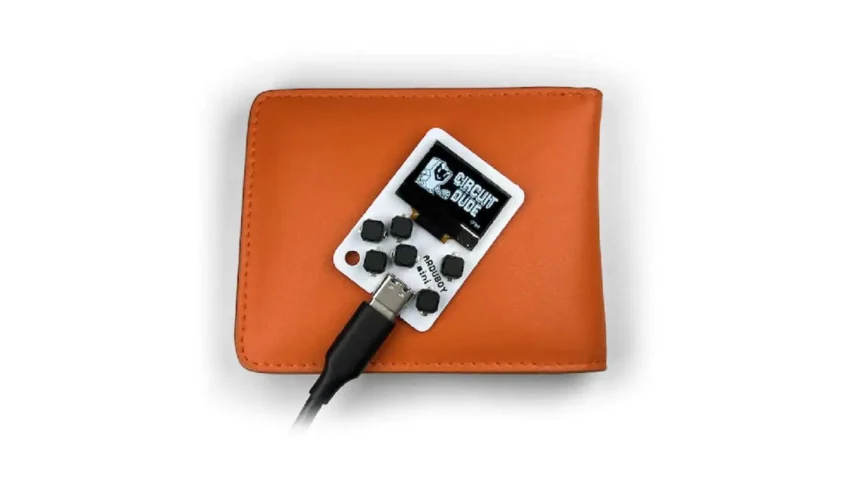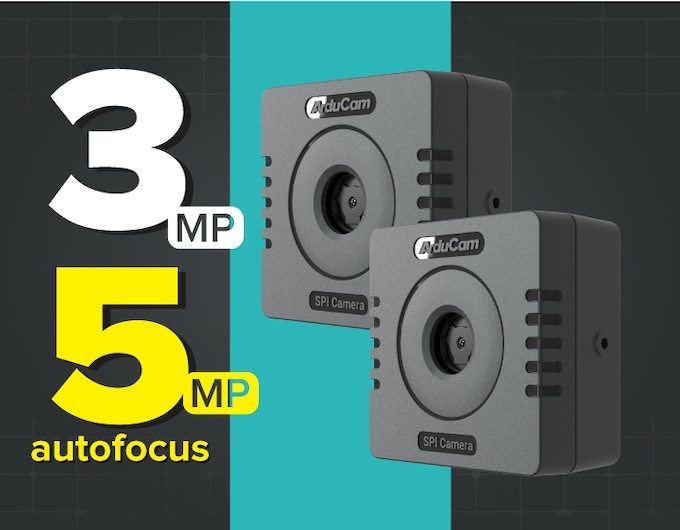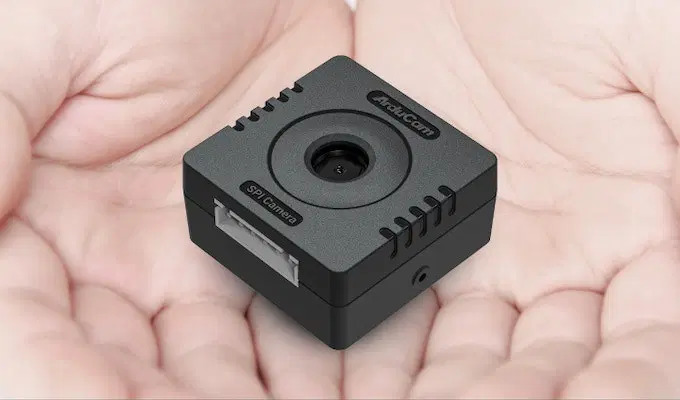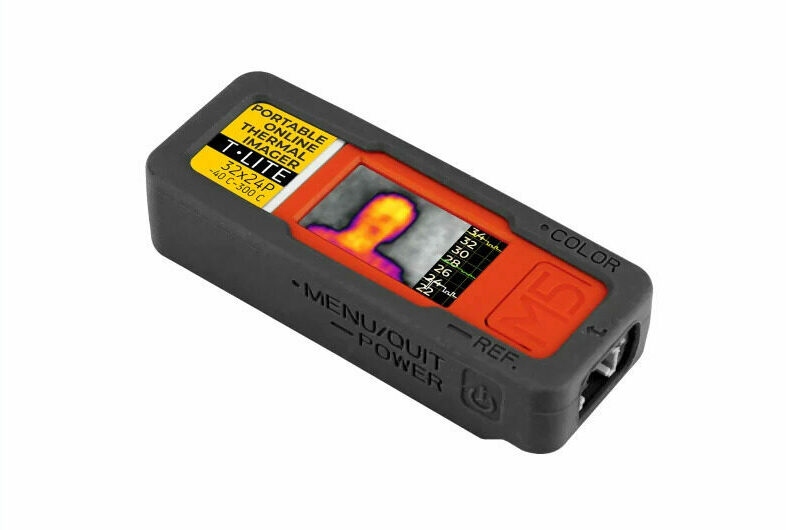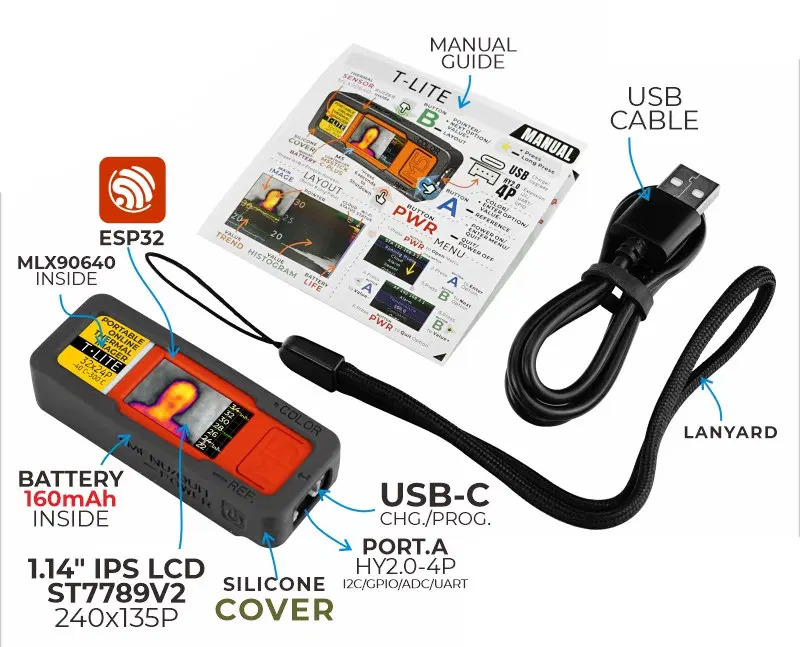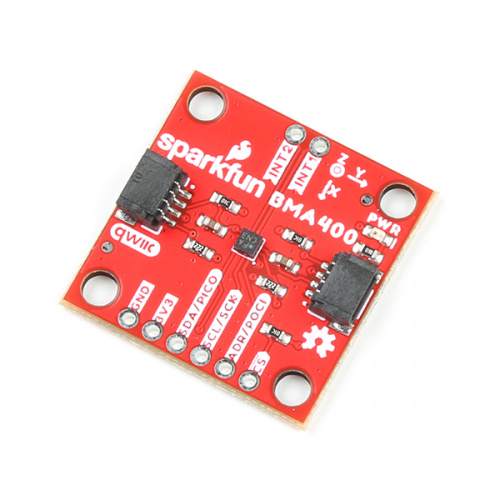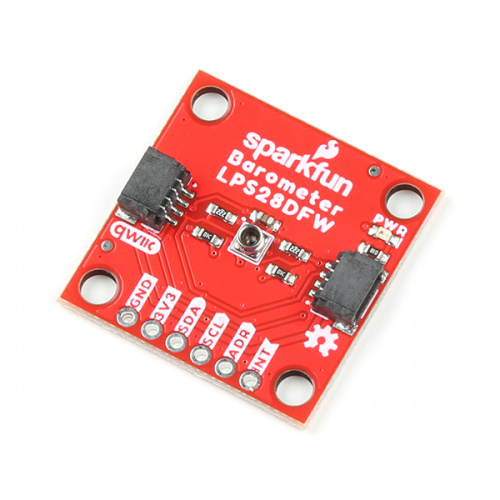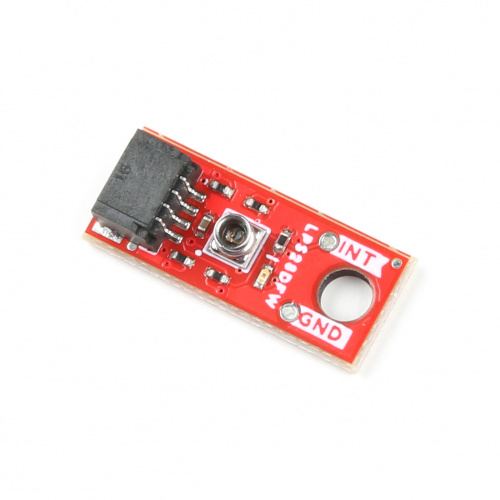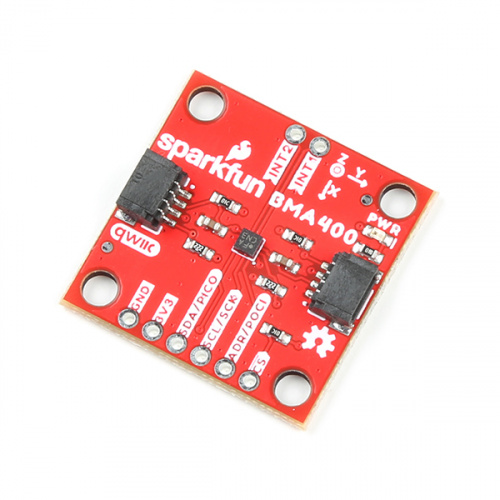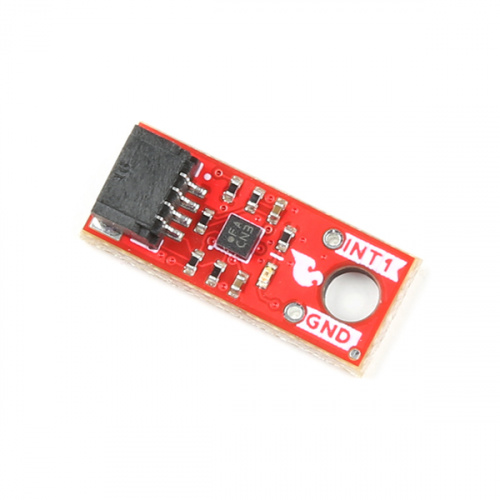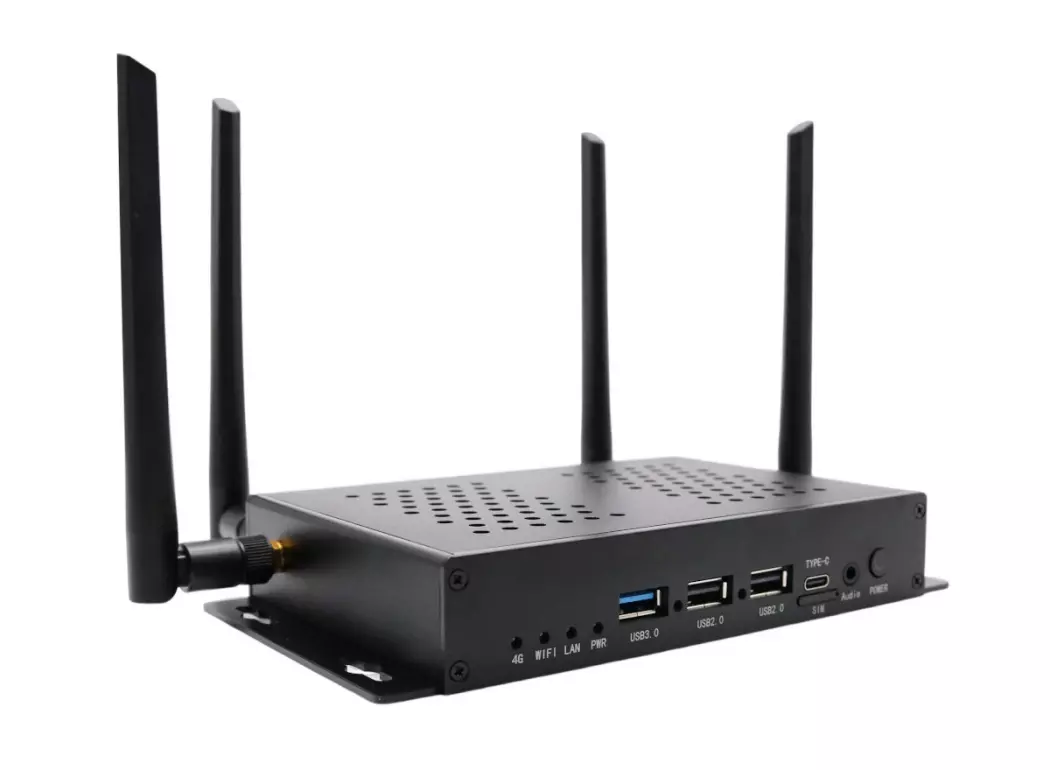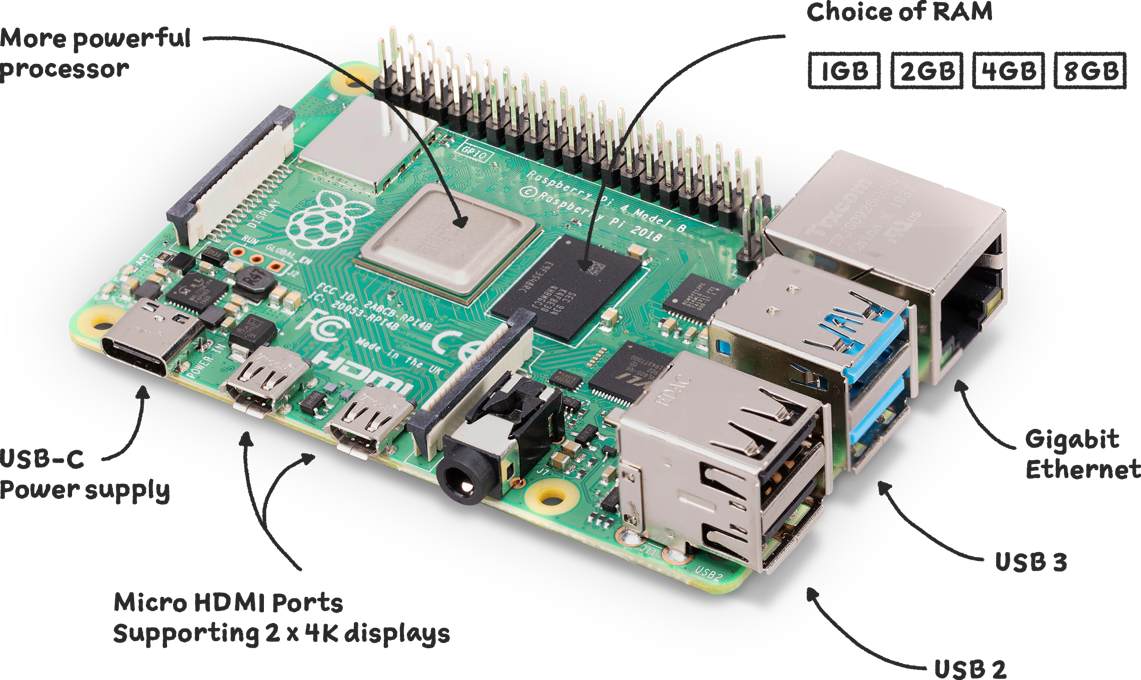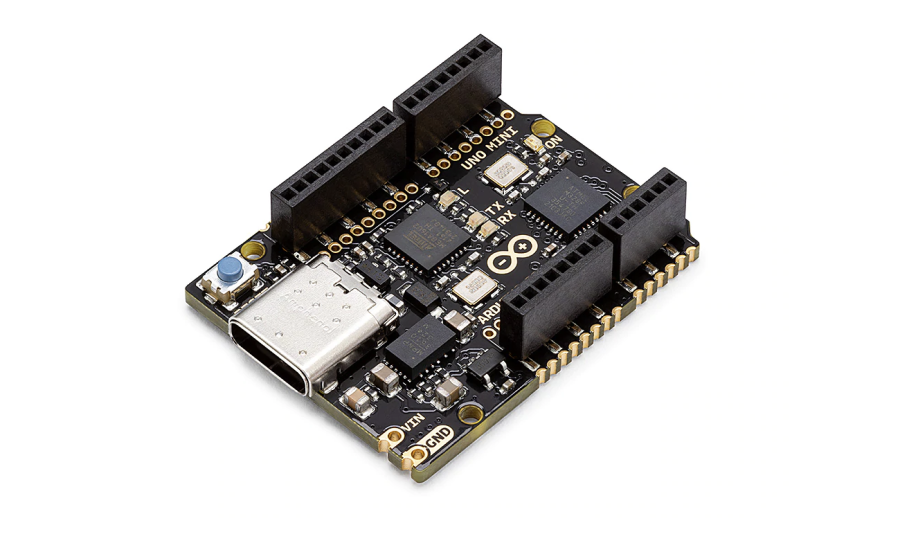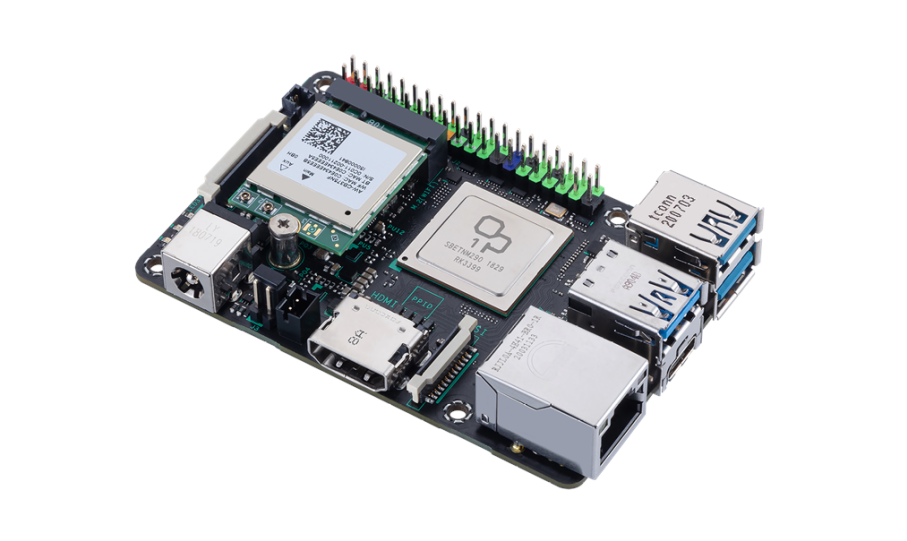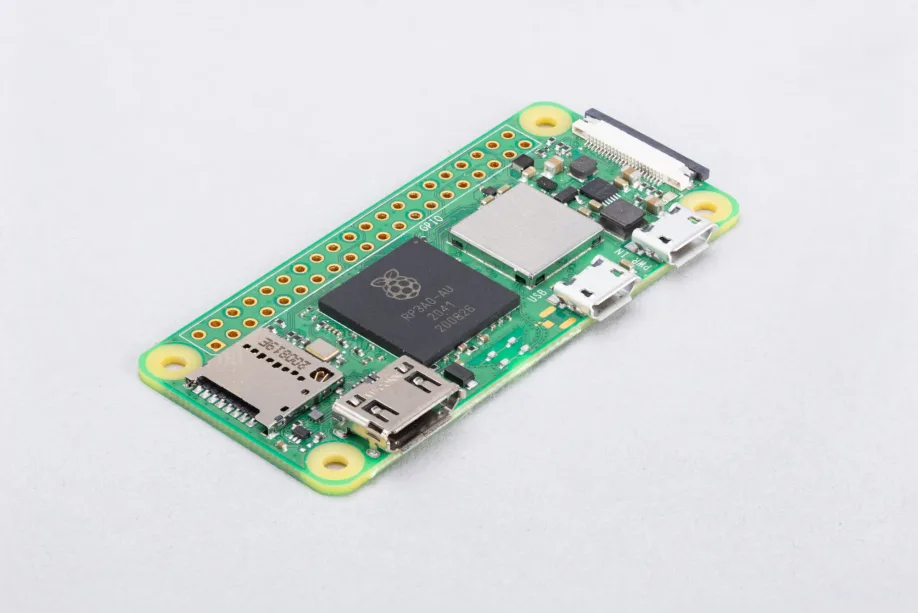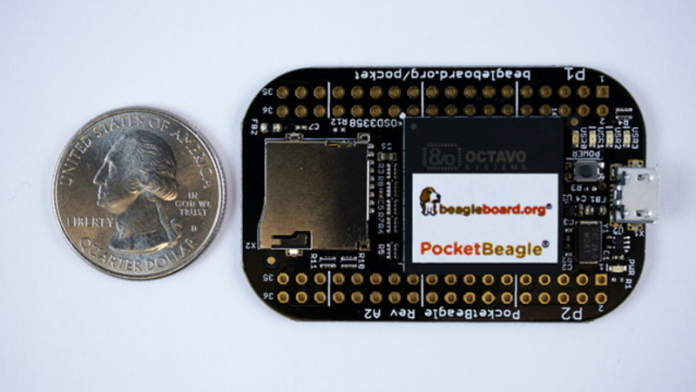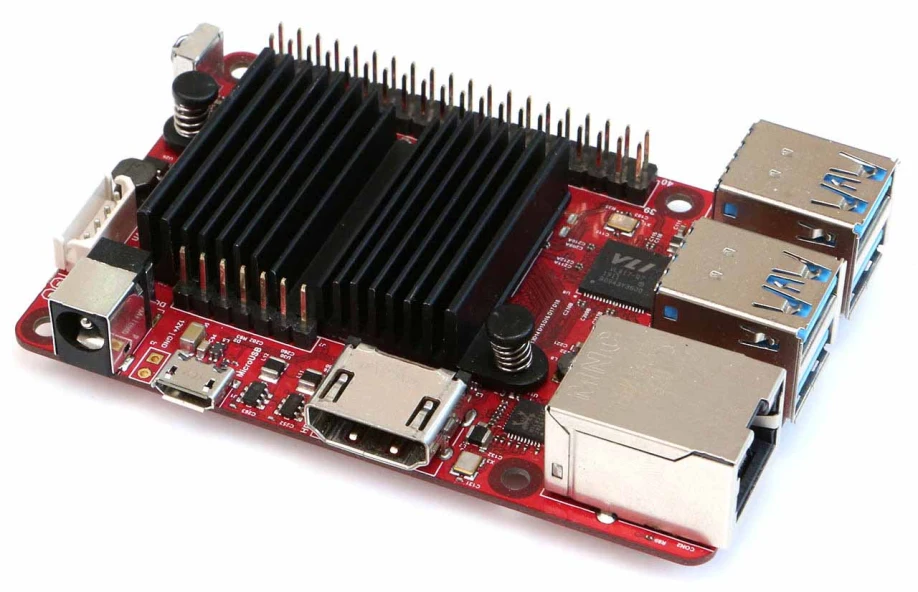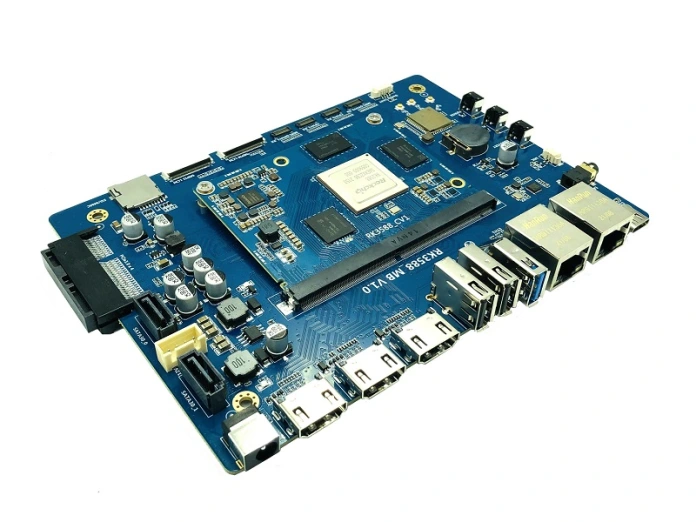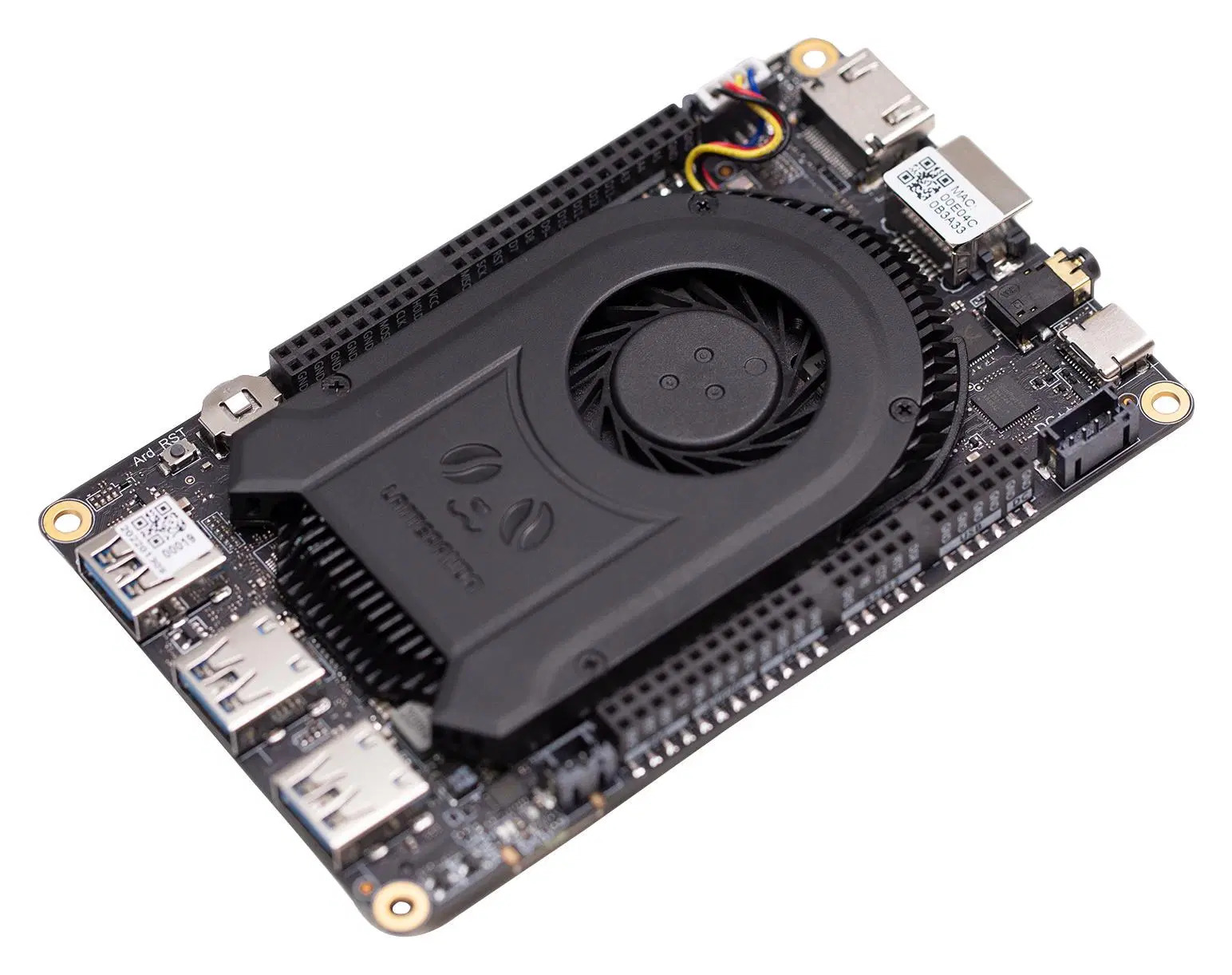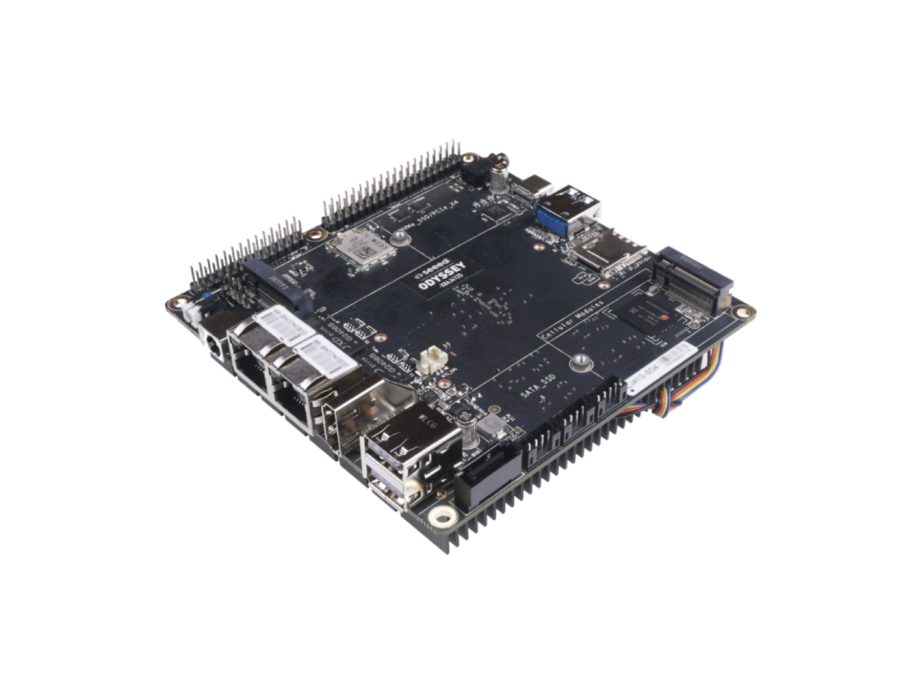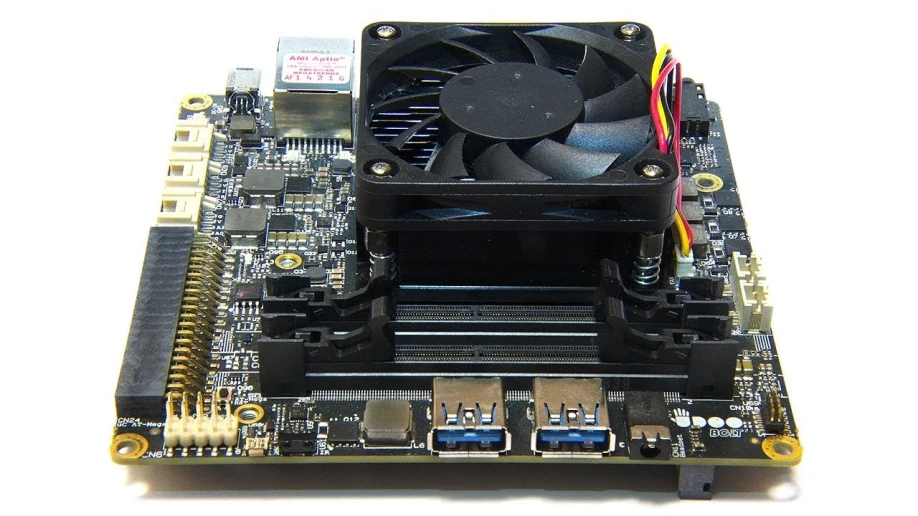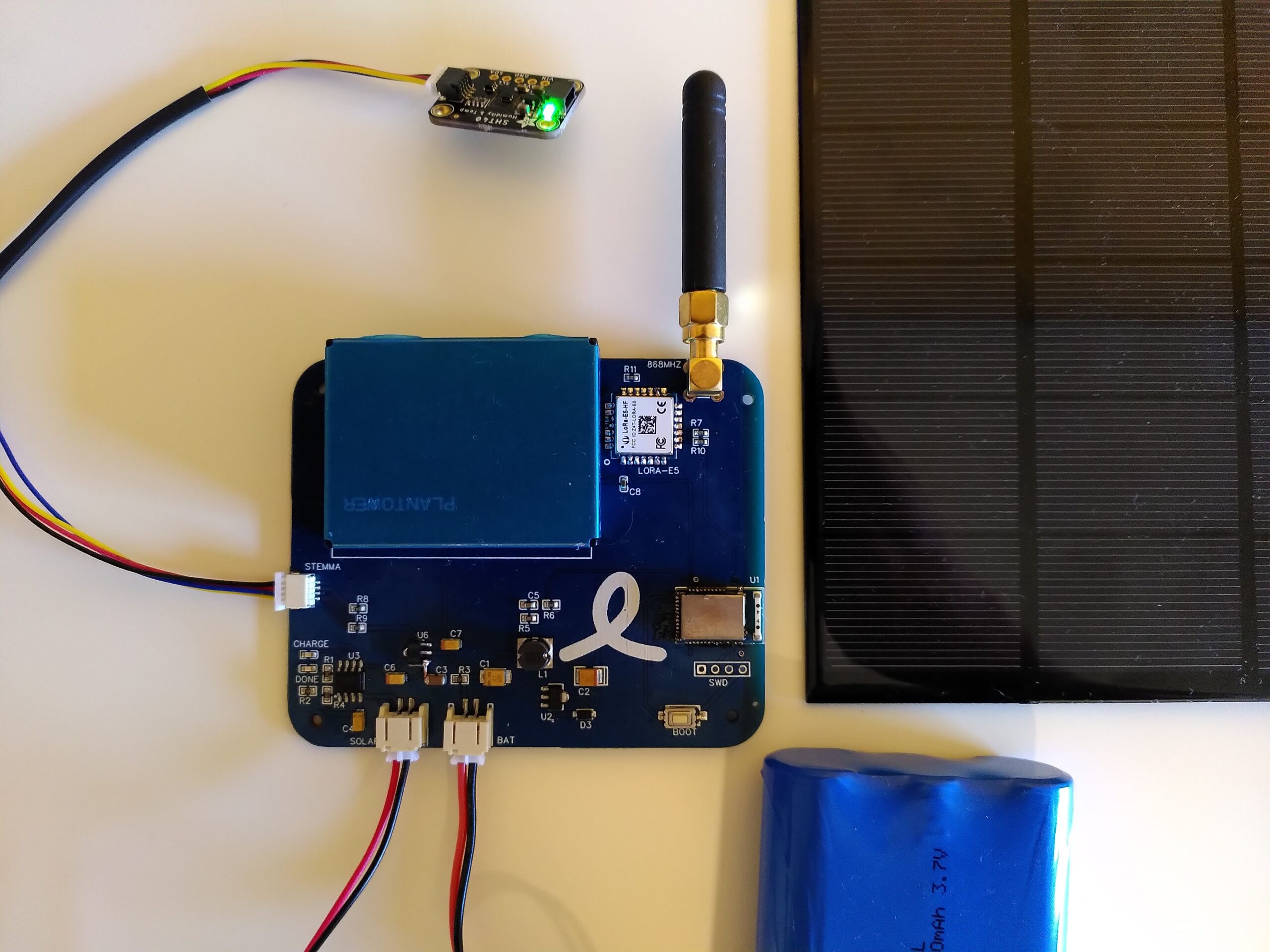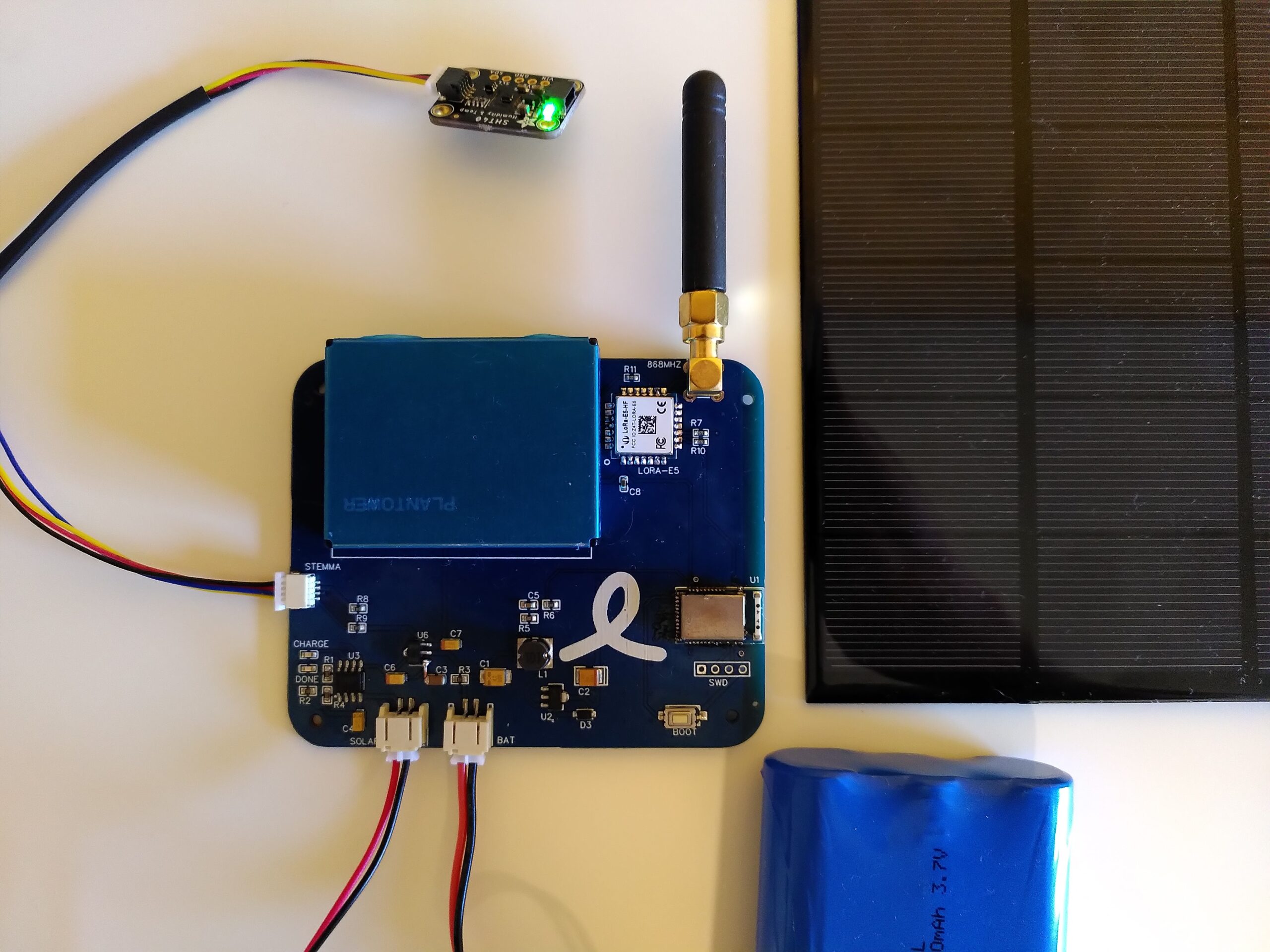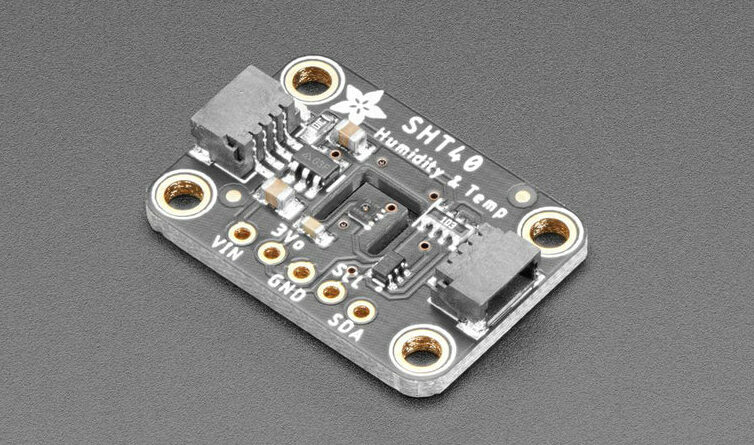M5Stack is proud to announce that the company has teamed up with Waylay, a leading low-code automation platform that helps companies get up and running faster and see more success. The partnership with Waylay will allow users to build applications quickly so they can reach their digital transformation goals. At its core, the partnership is about building innovative digital solutions that bring faster speed to market and a compelling experience for our clients. More than ever before, businesses today are putting digital first. Low-code development is becoming more popular everywhere in the world. Waylay is working with M5Stack to help customers who need IoT use cases and automation to use low-code to meet the growing demand for cloud-native applications. PoCs can be built in days, and they can be put into production in weeks.
M5Stack Use Case, which incorporates Waylay IO (built by Zalmotek)
Air Quality Monitoring – Waylay IO
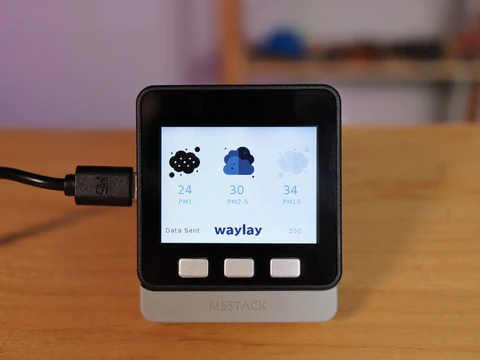
When things are as they should be, you don’t pay much attention to the air quality. However, when it gets too bad, especially for sensitive people like children, people with cardiopulmonary diseases, and people with other respiratory illnesses, you become very aware of it. To solve this problem, they came up with a way to collect data on air quality using an IoT device, store it in the cloud, and show it in a dashboard that is easy to read. Based on the PMSA003 Digital laser dust sensor, they chose the M5Stack Air Quality Kit for this application. Based on the ESP32 SoC, the M5Stack ecosystem is beautifully put together and has a big enough screen for a User Interface. With this beautifully integrated big user interface and continuous monitoring of data, you’ll know when air pollution gets too bad. To find out more about the project, clickhere.
Health monitor – Waylay IO
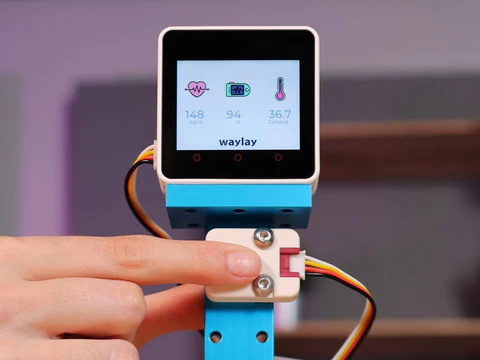
M5Stack Ecosystem lets build a system without special tools for prototyping, like a soldering iron or prototyping cables. The M5Core2 IoT development kit, which is based on the ESP32 microcontroller, is the “heart” of this project. This ecosystem lets you connect the provided modules to the M5Core2 through a GROVE port, making it easy to set up hardware quickly. Using an IoT device, health parameters like body temperature, heart rate, fluid balance, and blood oxygen saturation can be collected, stored in the cloud, and shown on a dashboard in a clear way. To find out more about the project, click here.
AutomaticIndoor Garden-Waylay IO
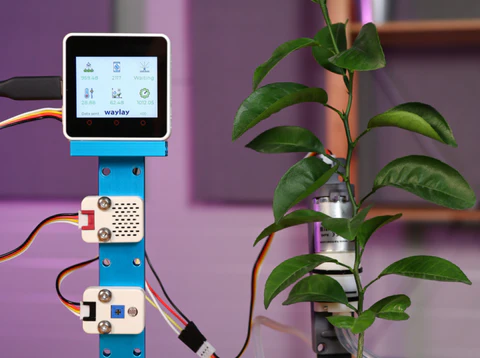
Keeping the right environment for our green ecosystem friends is very important for their health. Keeping the soil and air at the right humidity, temperature, and light intensity not only helps plants grow faster but also makes them less likely to get sick and less stressed out. In this tutorial, you get to know on how to build a simple indoor garden that takes care of itself. The system will automatically water itself and keep track of data about the environment, which we’ll be able to see on a cool dashboard. The M5Core2 IoT development kit, which is based on the ESP32 microcontroller, is the brain of this project. This development kit comes with modules that you can connect to a GROVE port, and it also has a touchscreen that you can use to run commands and find bugs. To find out more about the project, click here.
Pet Feeding–Waylay IO
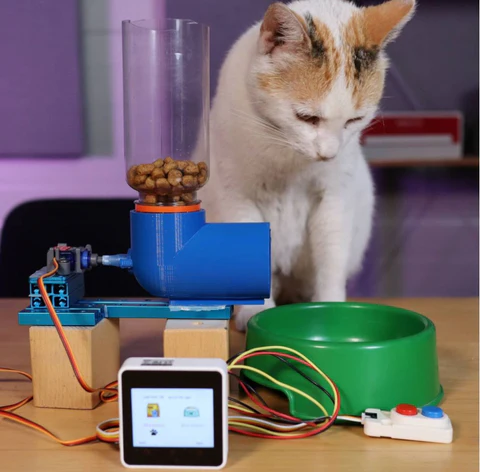
We love our pets. When you’re at home, you can easily tell what they want, but when you’re away, it’s a different story. To feed them, you will need to ask neighbors or close friends. Enough already! Let’s make a smart pet feeder that will dispense food at set times, keep track of how often the pet eats, and teach the pet to press a button to get food. The main goal of this tutorial is to show you how to use the Waylay IO low-code platform to get started with IoT development. The pet feeder is controlled by the M5Core2, which is an Internet of Things (IoT) development kit based on the ESP32 microcontroller. Through a GROVE port, you can connect the modules that come with this ecosystem to the M5Core2. This makes it easy to set up hardware quickly. To find out more about the project, click here.
About M5Stack
M5Stack is a technology company with headquarters in Shenzhen, China. Its main focus is on designing, developing, and making IoT development toolkits and solutions. With the mission “Quick and Easy IoT Development,” we are committed to providing fully functional, customizable, and cost-effective open-source IoT development toolkits and the graphic programming platform “UIFlow,” as well as IoT solutions for the smart factory, smart agriculture, smart retail, robotics, and STEM education.
Waylay is a leading enterprise IoT digital unification software company that offers software solutions for orchestration, automation, and analytics that don’t require a lot of coding. Waylay is very interested in helping communities of citizen developers and making sure that all user data is put to work for developers, data scientists, and domain experts. Waylay makes the transition to digital easy and lets you go from an idea to a working use case in just a few hours.


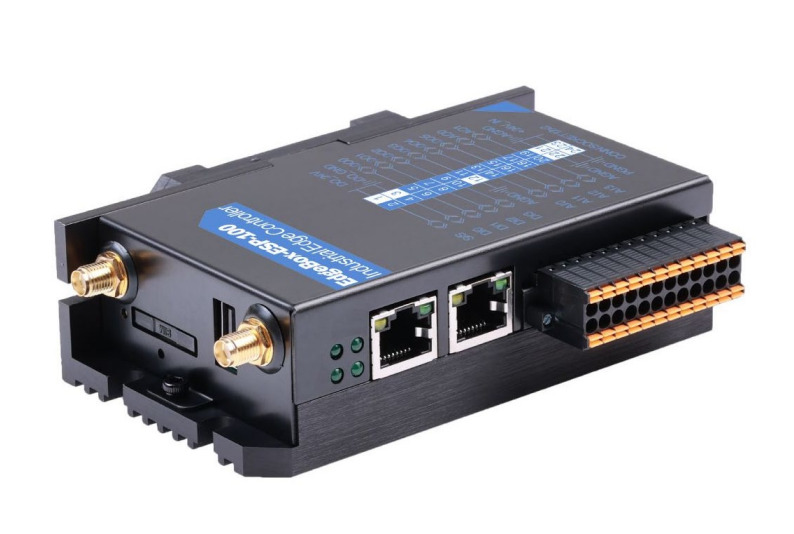
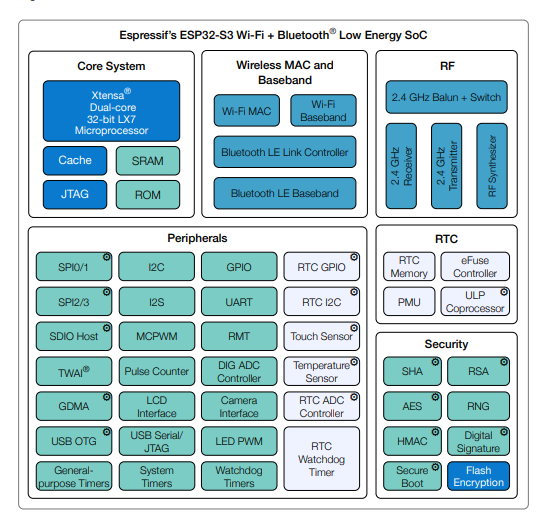 ESP32-S3 SoC block diagram
ESP32-S3 SoC block diagram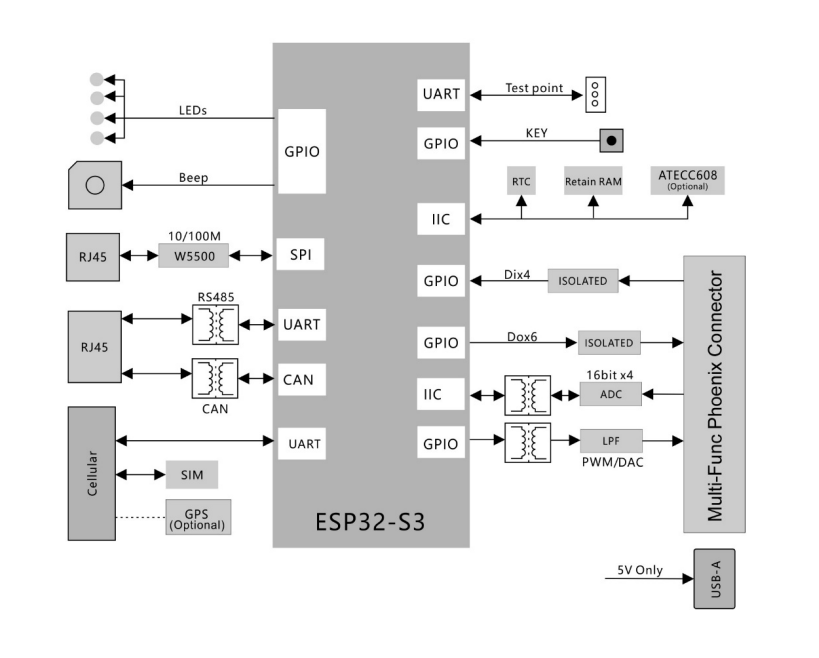 EdgeBox-ESP-100 block diagram
EdgeBox-ESP-100 block diagram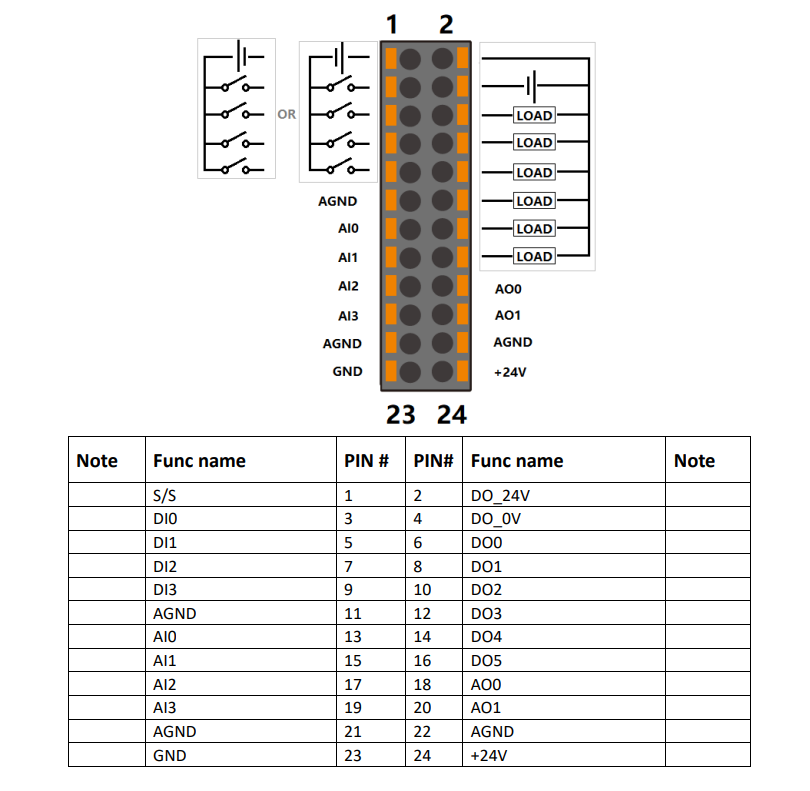 Phoenix connector pinout
Phoenix connector pinout